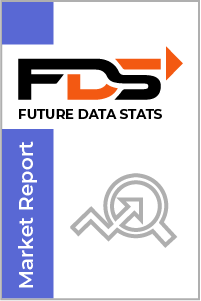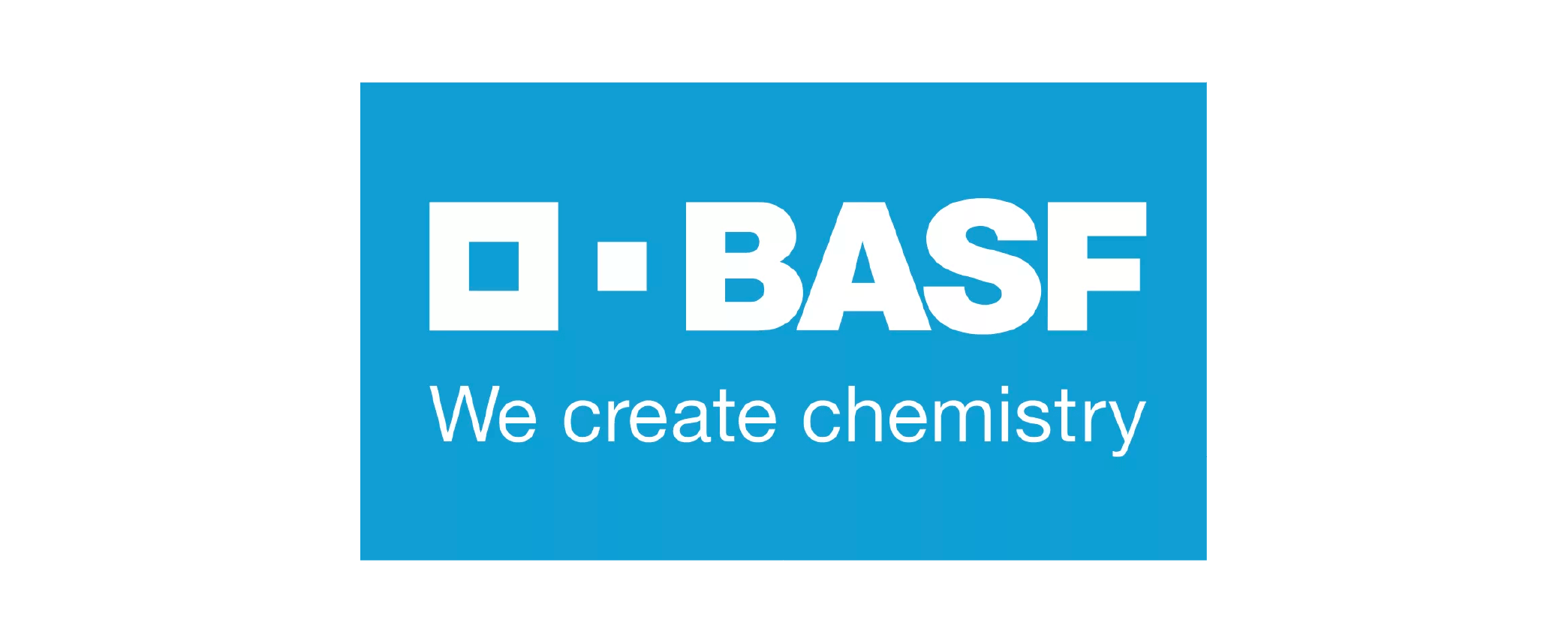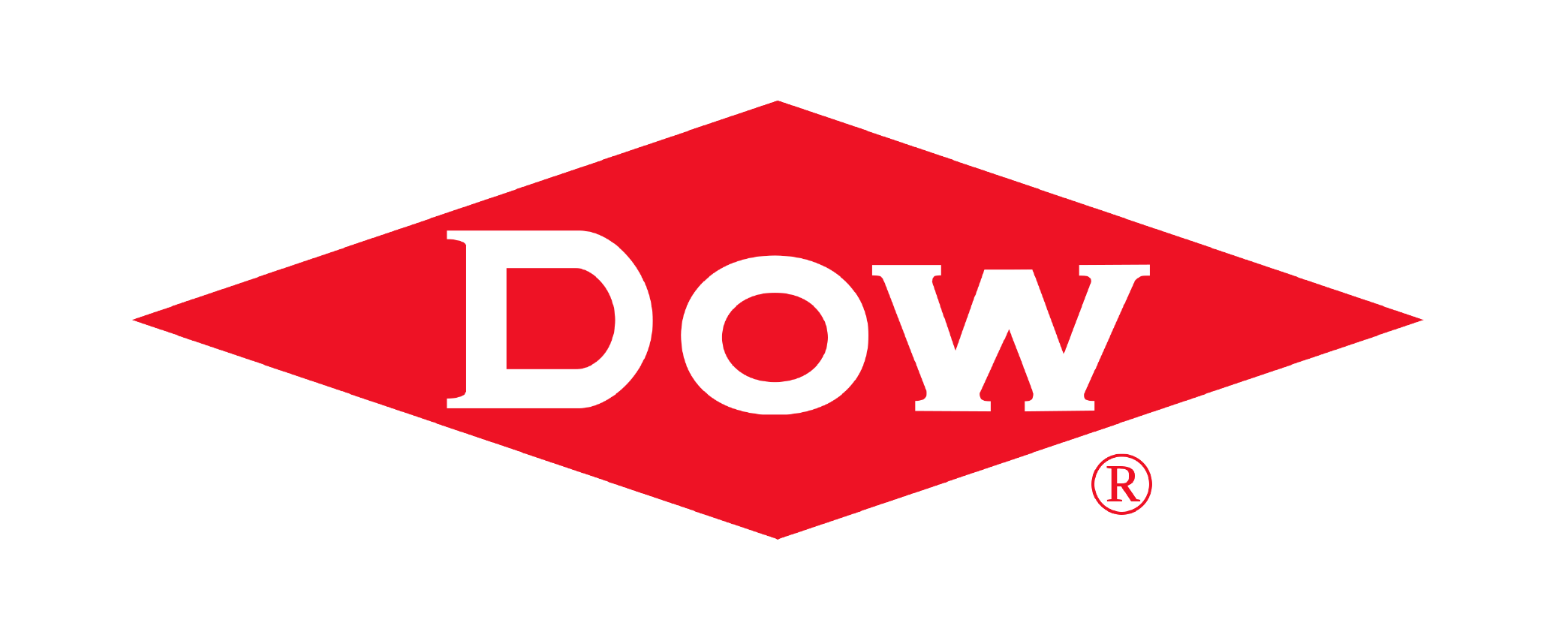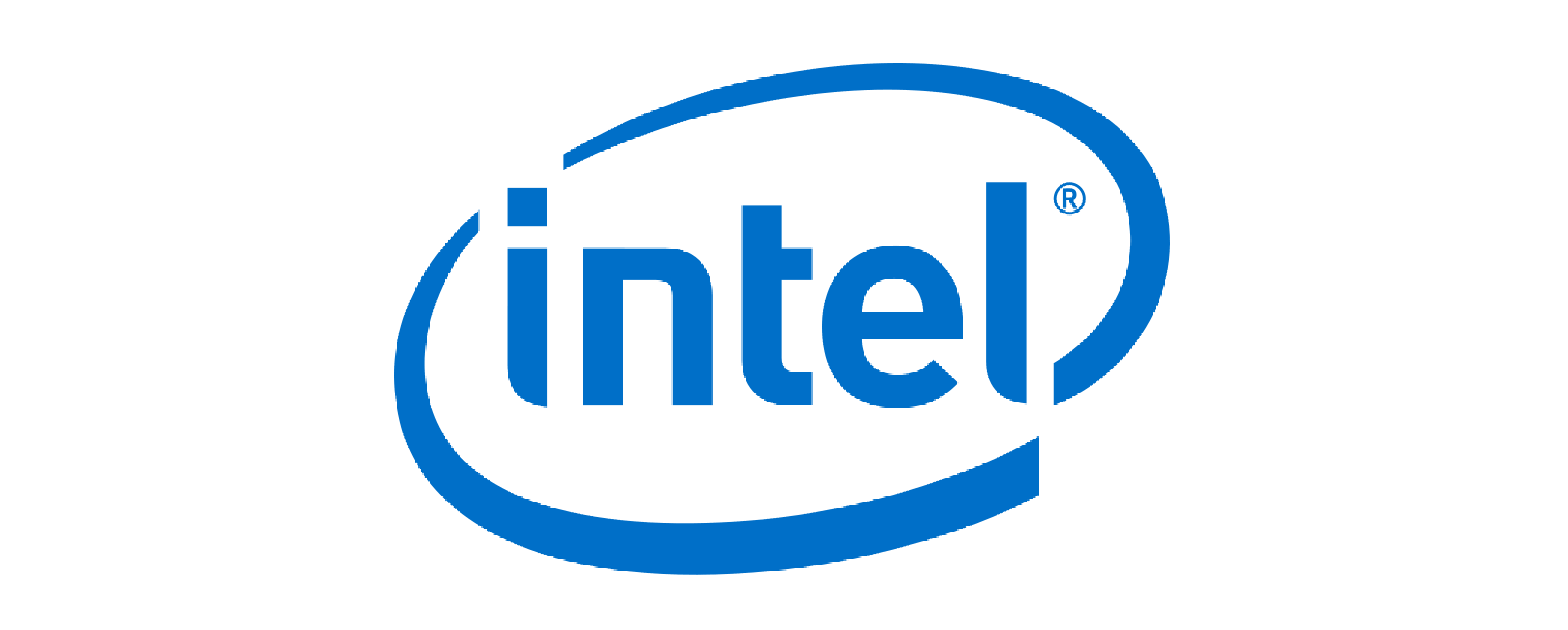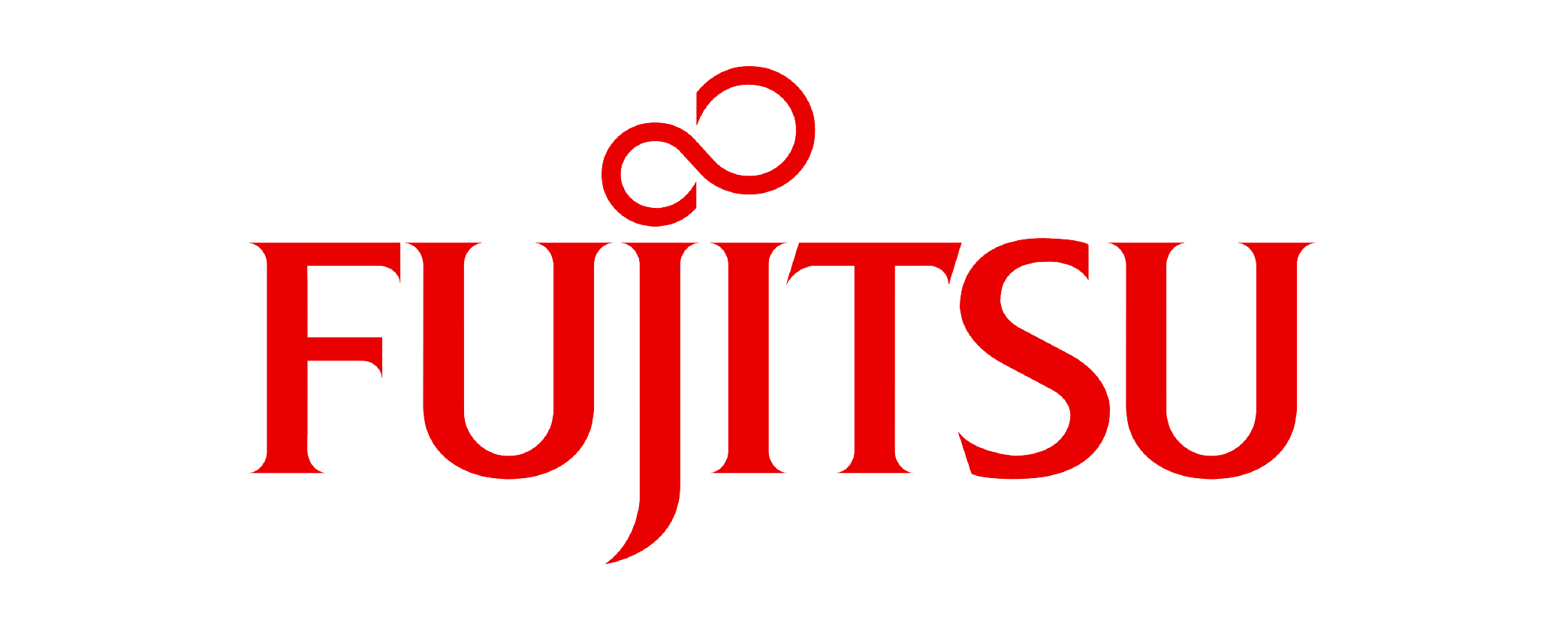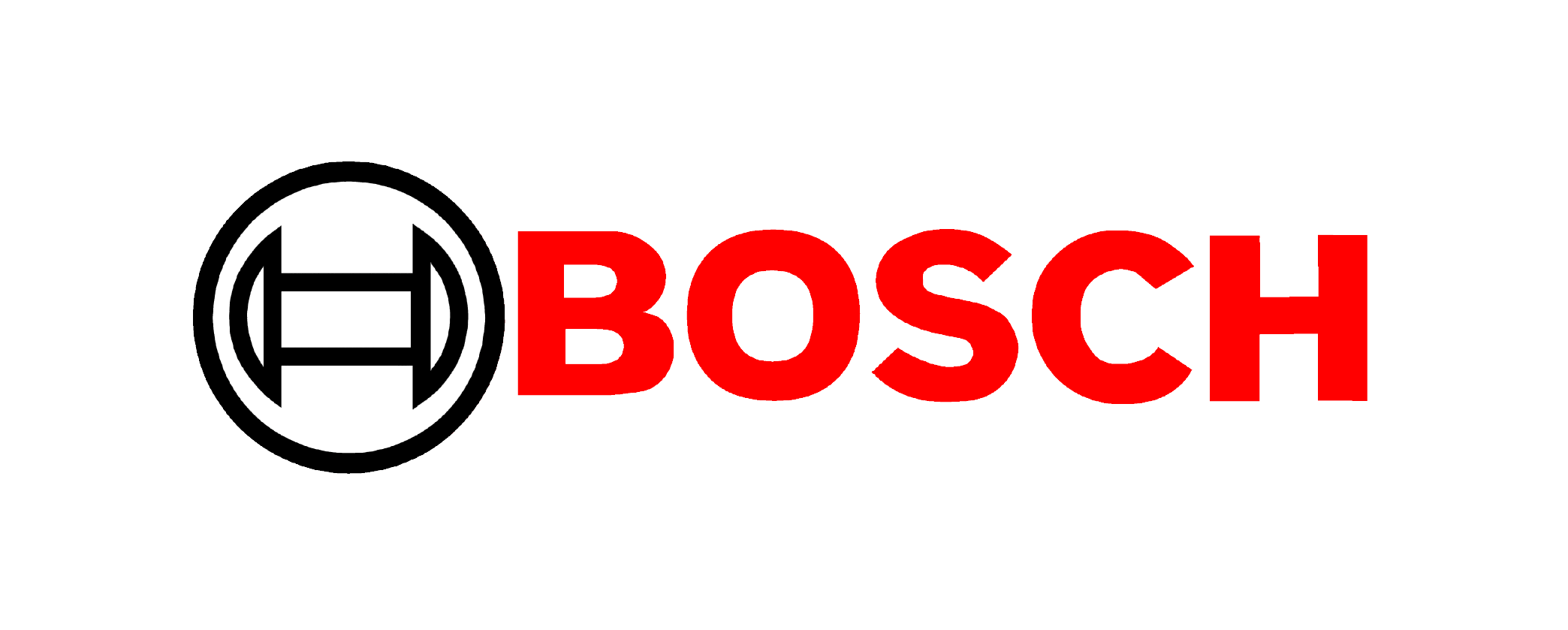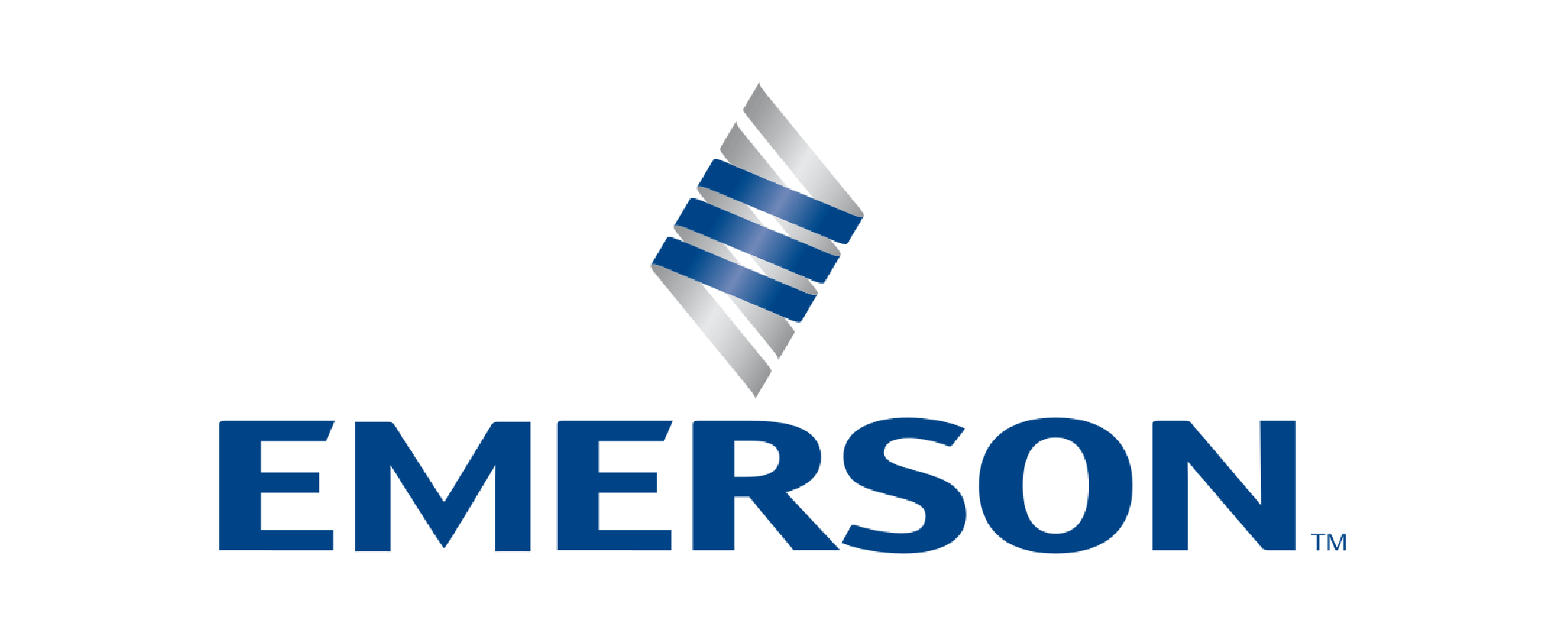The global Respiratory Protective Equipment Market size was valued at USD 16.73 Billion in 2024 and is projected to expand at a compound annual growth rate (CAGR) of 8.3% during the forecast period, reaching a value of USD 27.09 Billion by 2032.
Respiratory Protective Equipment Market research report by Future Data Stats, offers a comprehensive view of the Market's historical data from 2019 to 2022, capturing trends, growth patterns, and key drivers. It establishes 2023 as the base year, analysing the Market landscape, consumer behaviour, competition, and regulations. Additionally, the report presents a well-researched forecast period from 2024 to 2032, leveraging data analysis techniques to project the Market's growth trajectory, emerging opportunities, and anticipated challenges.
MARKET OVERVIEW:
Respiratory protective equipment (RPE) shields individuals from inhaling harmful substances in the air, such as dust, fumes, or toxic chemicals. It includes items like masks and respirators designed to filter out hazardous particles and provide clean air to breathe. RPE is essential in various environments, including industrial workplaces, healthcare settings, and emergency situations, where air quality might be compromised. Wearing the correct RPE ensures safety and enhances the effectiveness of protective measures. It’s crucial to select the right type of equipment based on the specific risks and work conditions. Proper fit and maintenance of RPE are also vital to guarantee maximum protection and comfort for the user.
MARKET DYNAMICS:
The growing awareness of respiratory health and increasing pollution levels are driving the demand for respiratory protective equipment. Industrial sectors, such as manufacturing and construction, are increasingly adopting these devices to safeguard workers against harmful airborne particles. Additionally, the rise in respiratory diseases, including those exacerbated by environmental factors, further fuels the market growth. Enhanced safety regulations and standards across industries are also pushing companies to invest in advanced respiratory protection solutions.
High costs associated with advanced technology and the complexity of regulatory compliance can limit market expansion. However, opportunities abound as technological advancements pave the way for more affordable and effective solutions. The development of smart respiratory equipment that integrates with digital platforms offers a promising future, catering to both industrial and consumer needs. Additionally, emerging markets present new growth avenues, driven by increasing industrial activities and rising health awareness.
RESPIRATORY PROTECTIVE EQUIPMENT MARKET SEGMENTATION ANALYSIS
BY TYPE:
Air-purifying respirators, a key segment, filter contaminants from the air, making them essential in various industrial settings. These devices enhance worker safety by ensuring cleaner air and reducing exposure to harmful substances. Supplied-air respirators are another significant category, providing a constant supply of clean air from an external source. This type of equipment is crucial in environments with severe air quality issues or where high levels of contaminants are present. Their use is prevalent in industries such as chemical manufacturing and construction.
Self-contained breathing apparatuses (SCBAs) offer a complete solution by supplying users with air from a portable tank. SCBAs are vital in emergency situations and hazardous environments where immediate, reliable air supply is necessary. Their versatility and reliability contribute to their dominance in the market, supporting safety in both routine and critical scenarios.
BY APPLICATION:
In the industrial sector, companies invest heavily in respiratory protection to safeguard employees from hazardous substances and airborne contaminants. Similarly, the medical and healthcare industries prioritize high-quality respiratory gear to ensure the safety of both patients and healthcare professionals.
Military and defense forces rely on advanced respiratory equipment to protect personnel in challenging environments, while mining, oil and gas industries use specialized gear to address the high risks associated with these fields. The construction sector also benefits from respiratory protection to mitigate dust and chemical exposure on job sites.
Firefighting professionals depend on reliable respiratory equipment to ensure safety during high-risk operations. Additionally, other sectors, including emergency response and environmental protection, increasingly adopt these devices to enhance overall safety and operational efficiency.
BY TECHNOLOGY:
Electronic respirators stand out by incorporating sensors and controls to enhance air filtration and comfort. These devices provide precise monitoring of air quality and adjust filtration levels accordingly, ensuring optimal protection and ease of use in dynamic environments.
Mechanical respirators also play a crucial role in the market. They rely on physical mechanisms to filter air and are known for their durability and simplicity. Mechanical respirators are commonly used in various industrial settings where reliability and low maintenance are key factors.
Both electronic and mechanical respirators address different needs within the market, offering varied solutions based on the environment and specific user requirements. Their distinct advantages cater to diverse applications, driving innovation and growth in the respiratory protective equipment sector.
BY MATERIAL:
Silicone-based respiratory gear dominates due to its durability, flexibility, and comfort, making it a preferred choice for both industrial and medical applications. Its resistance to high temperatures and chemicals further enhances its appeal. Rubber materials also play a crucial role in the market, offering robust protection and a secure fit for users in various sectors. The resilience of rubber makes it suitable for demanding environments where reliability and effectiveness are essential.
Plastic materials contribute to the market by providing cost-effective solutions and lightweight options. This versatility allows manufacturers to produce a range of respiratory protective equipment suited to different needs. Additionally, other materials, including advanced composites, are emerging to meet specific requirements in specialized applications.
REGIONAL ANALYSIS:
In North America and Europe, stringent safety regulations and high industrial activity drive demand for advanced RPE technologies. Both regions see substantial investment in new technologies and improvements in equipment standards, reflecting their focus on maintaining high safety standards in various industries.
In contrast, the Asia Pacific region experiences rapid growth due to industrial expansion and increasing awareness of workplace safety. Countries in this region are adopting RPE solutions at a faster pace to address rising pollution levels and industrial hazards. Meanwhile, Latin America, the Middle East, and Africa are gradually increasing their use of RPE, driven by industrial development and improved safety regulations, which contribute to the expanding market presence in these areas.
KEY MARKET PLAYERS:
- 3M Company
- Honeywell International Inc.
- MSA Safety Incorporated
- Drägerwerk AG & Co. KGaA
- DuPont de Nemours, Inc.
- Kimberly-Clark Corporation
- Scott Safety (a subsidiary of 3M)
- Avon Protection Systems
- JSP Limited
- Ansell Limited
- Centurion Safety Products
- Bullard
- Alpha Pro Tech, Ltd.
- RSG Safety
- Sperian Protection (now part of Honeywell)
- Lakeland Industries, Inc.
- Moldex-Metric, Inc.
- Carhartt, Inc.
- Ziamatic Corporation
- PAPR Systems
- North Safety Products
- Respro
- Aegis Safety
- Univet
- Cintas Corporation
- FFP2/FFP3 Respirators
Table of Contents
- Executive Summary
- Research Methodology
2.1. Data Sources
2.2. Sampling Approach
2.3. Analytical Techniques - Market Overview
3.1. Industry Outlook
3.2. Market Drivers and Restraints
3.3. Technological Advancements - Market Segmentation
4.1. By Product Type
4.1.1. Air-purifying Respirators
4.1.2. Supplied-air Respirators
4.1.3. Self-contained Breathing Apparatus
4.2. By Application
4.2.1. Industrial
4.2.2. Medical and Healthcare
4.2.3. Military and Defense
4.2.4. Mining
4.2.5. Oil and Gas
4.2.6. Construction
4.2.7. Firefighting
4.2.8. Others
4.3. By Technology
4.3.1. Electronic Respirators
4.3.2. Mechanical Respirators
4.4. By Material
4.4.1. Silicone
4.4.2. Rubber
4.4.3. Plastic
4.4.4. Others
4.5. By Region
4.5.1. North America
4.5.2. Europe
4.5.3. Asia Pacific
4.5.4. Latin America
4.5.5. Middle East & Africa - Competitive Landscape
5.1. Key Players
5.2. Market Share Analysis
5.3. Strategies Adopted by Key Players - Company Profiles
- Investment Analysis
- Regulatory Framework
- Emerging Trends
- Conclusion
Respiratory Protective Equipment Market Segmentation:
By Type:
- Air-purifying respirators
- Supplied-air respirators
- Self-contained breathing apparatus
By Application:
- Industrial
- Medical and healthcare
- Military and defense
- Mining
- Oil and gas
- Construction
- Firefighting
- Others
By Technology:
- Electronic respirators
- Mechanical respirators
By Material:
- Silicone
- Rubber
- Plastic
- Others
By Geography:
- North America (USA, Canada, Mexico)
- Europe (Germany, UK, France, Spain, Denmark, Sweden, Norway, Russia, Italy, Rest of Europe)
- Asia-Pacific (China, Japan, South Korea, Thailand, India, Southeast Asia, Australia & New Zealand, Rest of Asia-Pacific)
- South America (Brazil, Argentina, Columbia, Rest of South America)
- Middle East and Africa (Saudi Arabia, UAE, Kuwait, Egypt, Nigeria, South Africa, Rest of MEA)
Key Reasons to Buy this Report
· Comprehensive Insights: This market research report provides in-depth and comprehensive insights into the industry, market trends, and key dynamics. The thorough data collection, analysis, and interpretation processes offer valuable information and a clear understanding of the market landscape.
· Future Predictions: The report includes detailed future data statistics, forecasts, and predictions based on rigorous analysis and modeling techniques. These insights can aid in making informed decisions and developing strategies that align with the projected market scenarios.
· Industry Analysis: The report offers a comprehensive industry analysis, including factors such as market size, market share, competitive landscape, and key players. This overview of the industry's current status, growth potential, and competitive dynamics can help identify lucrative opportunities.
· Market Trends and Opportunities: By purchasing this report, you gain access to up-to-date information on the latest market trends and emerging opportunities. This knowledge can help you identify potential growth areas and adapt your business strategies accordingly.
· Risk Mitigation: The report provides insights into potential risks, challenges, and barriers to entry in the market, enabling you to develop risk mitigation strategies and anticipate market fluctuations.
· Investment Decision Support: The reliable and data-driven information in this report can aid investors, venture capitalists, and financial institutions in their investment decision-making processes, helping evaluate market potential and expected returns.
· Product Development and Innovation: The insights into consumer preferences, needs, and demands can be leveraged for product development and innovation, leading to enhanced customer satisfaction and market success.
· Strategic Planning: The comprehensive market overview, competitive positioning, and growth potential information in this report can serve as a foundation for strategic planning, goal setting, and resource allocation.
· Market Entry and Expansion: For businesses looking to enter new markets or expand their operations, this report provides valuable insights into market dynamics, consumer behavior, regulatory frameworks, and competitive landscapes, supporting informed decision-making.
· Evidence-Based Decision Making: The data-driven analysis and insights in this report can enable you to make informed decisions, reducing the risk of costly mistakes and increasing the likelihood of achieving your business objectives.
RESEARCH METHODOLOGY
With a collective industry experience of about 70 years of analysts and experts, Future Data Stats encompasses the most infallible research methodology for its market intelligence and industry analysis. Not only does the company dig deep into the innermost levels of the market, but also examines the minutest details for its market estimates and forecasts.
This approach helps build a greater market-specific view of size, shape, and industry trends within each industry segment. Various industry trends and real-time developments are factored into identifying key growth factors and the future course of the market. The research proceeds are the results of high-quality data, expert views & analysis, and valuable independent opinions. The research process is designed to deliver a balanced view of the global markets and allows stakeholders to make informed decisions, to attain their highest growth objectives.
Future Data Stats offers its clients exhaustive research and analysis, based on a wide variety of factual inputs, which largely include interviews with industry participants, reliable statistics, and regional intelligence. The in-house industry experts play an instrumental role in designing analytic tools and models, tailored to the requirements of a particular industry segment. These analytical tools and models distill the data & statistics and enhance the accuracy of our recommendations and advice.
With Future Data Stats calibrated research process and 360° data-evaluation methodology, the clients receive:
· Consistent, valuable, robust, and actionable data & analysis that can easily be referenced for strategic business planning
· Technologically sophisticated and reliable insights through a well-audited and veracious research methodology
· Sovereign research proceeds that present a tangible depiction of the marketplace
· With this strong methodology, Future Data Stats ensures that its research and analysis is most reliable and guarantees sound business planning.
The research methodology of the global market involves extensive primary and secondary research. Primary research includes about 24 hours of interviews and discussions with a wide range of stakeholders that include upstream and downstream participants. Primary research typically is a bulk of our research efforts, coherently supported by extensive secondary research. Over 3000 product literature, industry releases, annual reports, and other such documents of key industry participants have been reviewed to obtain a better market understanding and gain enhanced competitive intelligence. In addition, authentic industry journals, trade associations' releases, and government websites have also been reviewed to generate high-value industry insights.
Primary Research:
· Identify key opinion leaders
· Questionnaire design
· In-depth Interviews
· Coverage across the value chain
Desk Research:
· Company Website
· Company Annual Reports
· Paid Databases
· Financial Reports
Company Analysis:
· Market Participants
· Key Strengths
· Product Portfolio
· Mapping as per Value Chain
· Key focus segment
Primary research efforts include reaching out to participants through emails, telephonic conversations, referrals, and professional corporate relations with various companies that make way for greater flexibility in reaching out to industry participants and commentators for interviews and discussions.
The aforementioned helps to:
· Validate and improve data quality and strengthen the research proceeds
· Develop a market understanding and expertise
· Supply authentic information about the market size, share, growth, and forecasts
The primary research interview and discussion panels comprise experienced industry personnel, including Chief executives and VPs of leading corporations specific to an industry, Product and sales managers or country heads, Channel partners & top-level distributors, and Banking, investments, and valuation experts.
Secondary Research:
A broad array of industry sources for the secondary research typically includes, but is not limited to:
· Company SEC filings, annual reports, company websites, broker & financial reports, and investor presentations for a competitive scenario and shape of the industry
· Patent and regulatory databases to understand technical & legal developments
· Scientific and technical writings for product information and related preemptions
· Regional government and statistical databases for macro analysis
· Authentic news articles, web-casts, and other related releases to evaluate the market
· Internal and external proprietary databases, key market indicators, and relevant press releases for market estimates and forecasts
Analyst Tools and Models:
Bottom-up Approach:
· Arriving at Global Market Size
· Arriving at Regional/Country Market Size
· Market Share of Key Players
Top-down Approach:
· Key Market Players
· Market Share of Key Players
· Arriving at Regional/Country Market Size
· Arriving at Global Market Size
Respiratory Protective Equipment Market Dynamic Factors
Drivers:
- Rising awareness of workplace safety and health regulations.
- Increased industrial activity and demand for high-quality air protection.
- Technological advancements enhancing RPE performance and comfort.
Restraints:
- High costs associated with advanced RPE technologies.
- Limited awareness and adoption in some emerging markets.
- Challenges in ensuring proper fit and maintenance of equipment.
Opportunities:
- Growing focus on occupational health and safety standards globally.
- Expansion in emerging markets with increasing industrialization.
- Innovations in RPE technology offering improved functionality and user experience.
Challenges:
- Variability in safety regulations across different regions.
- Adapting RPE solutions to diverse environmental conditions and requirements.
- Ensuring consistent training and compliance in the use of RPE.
Frequently Asked Questions
